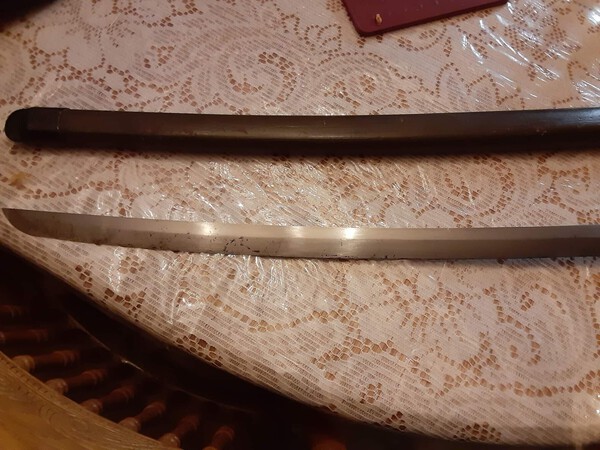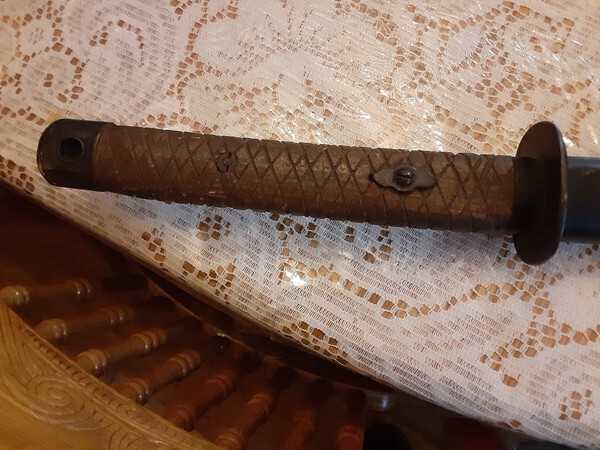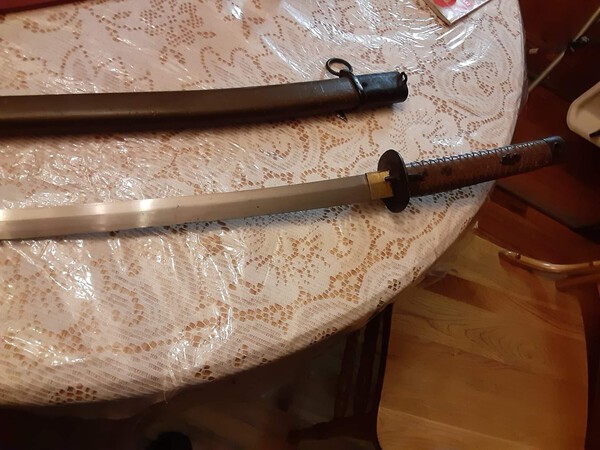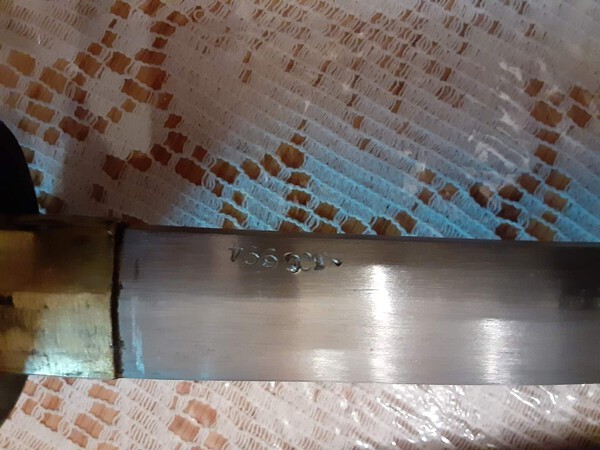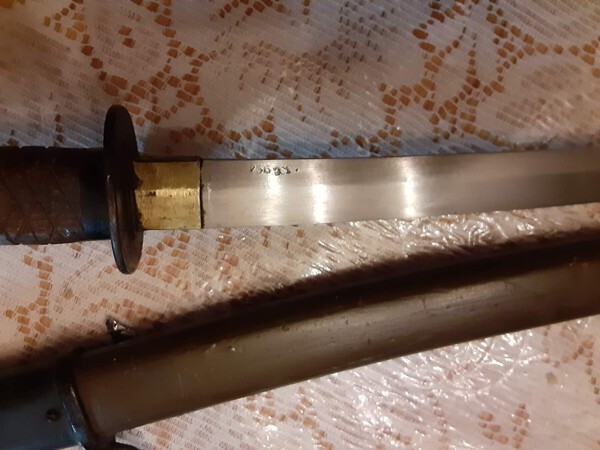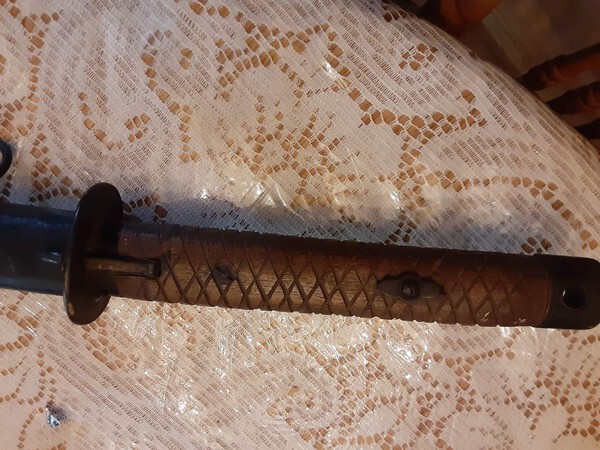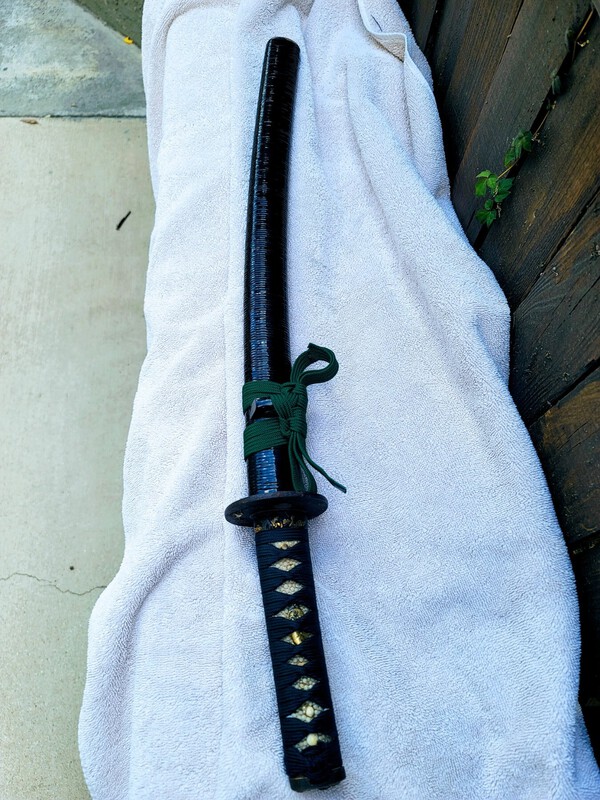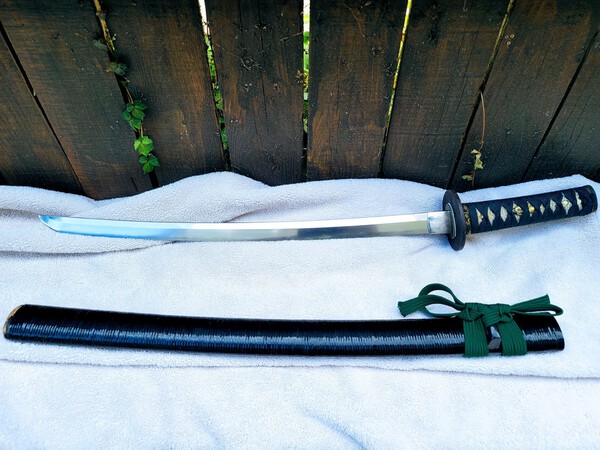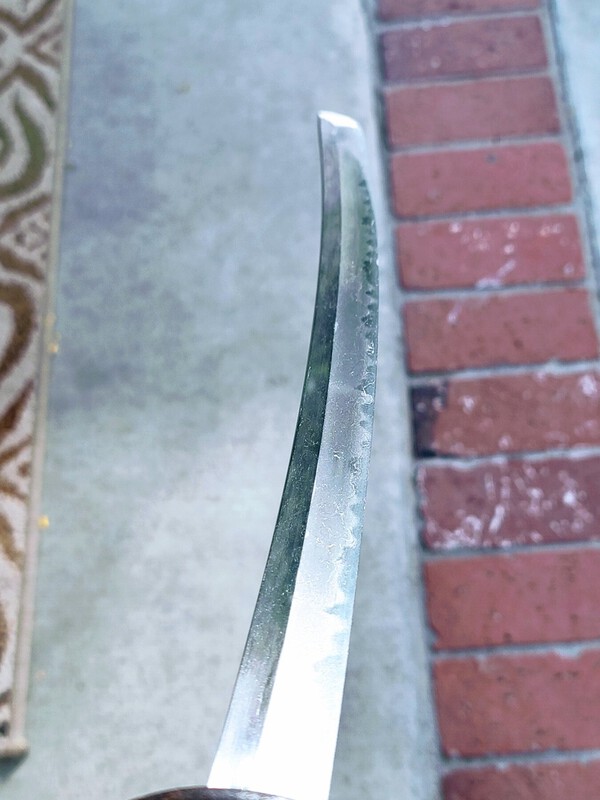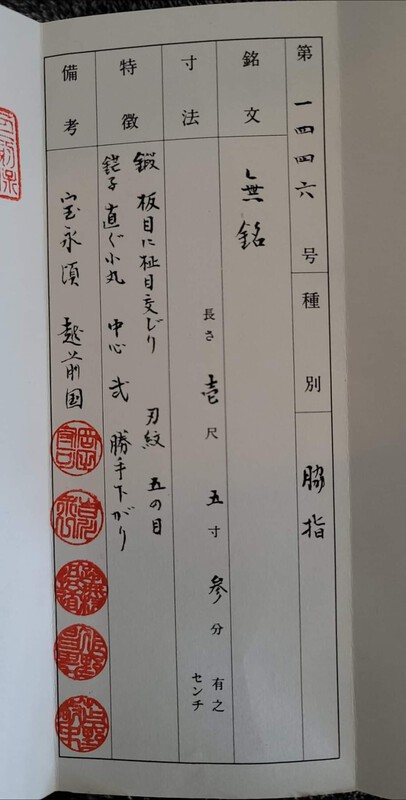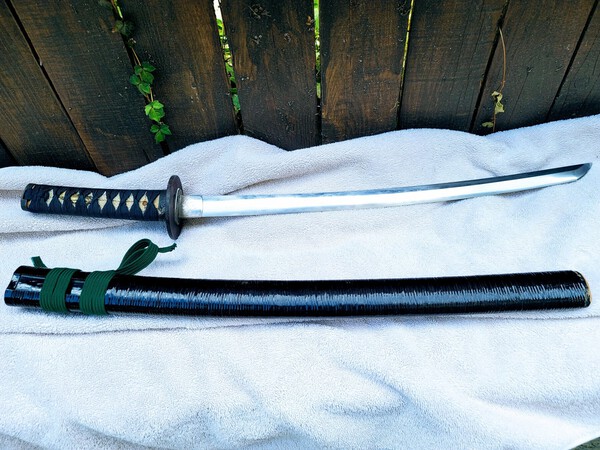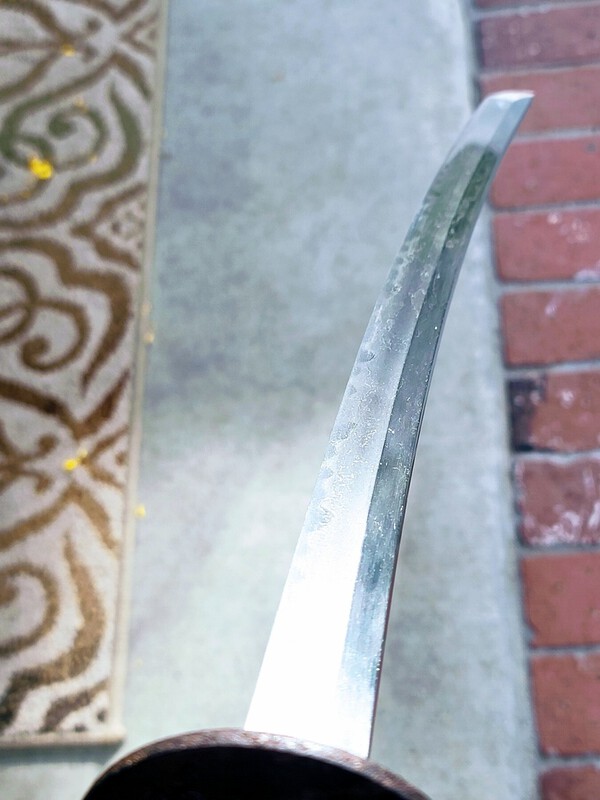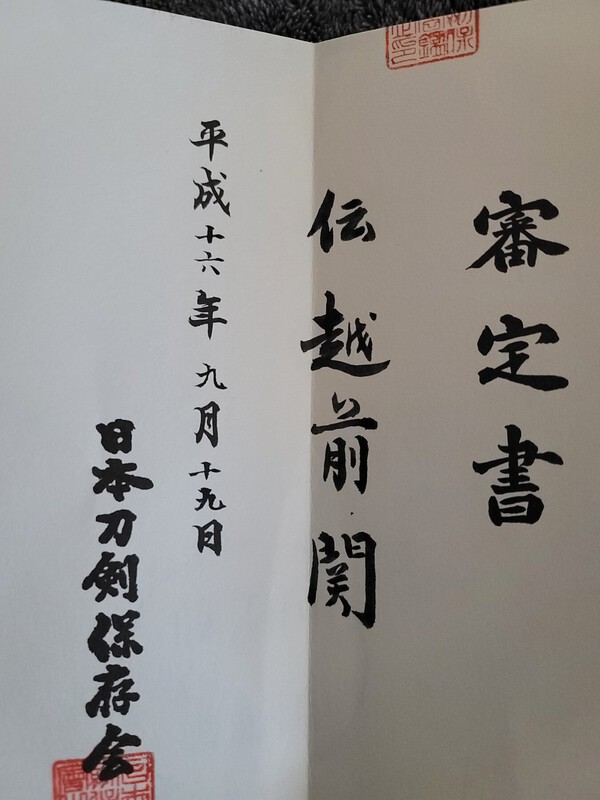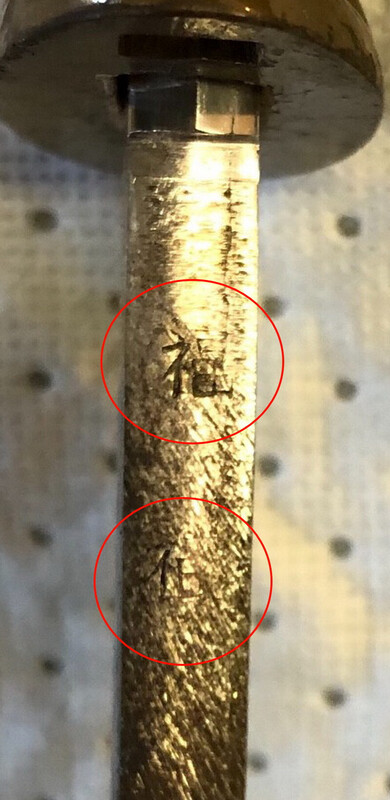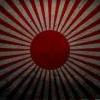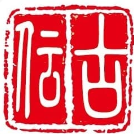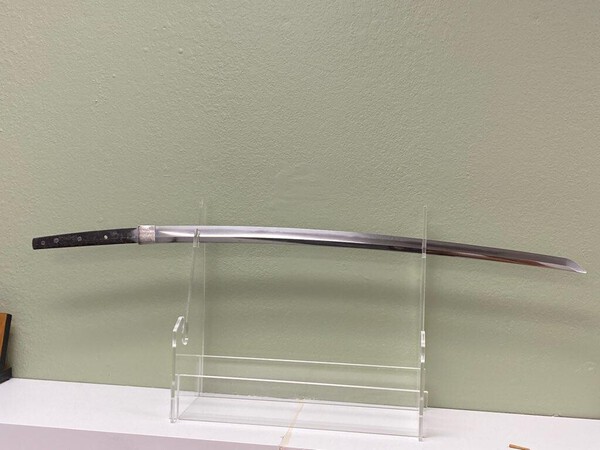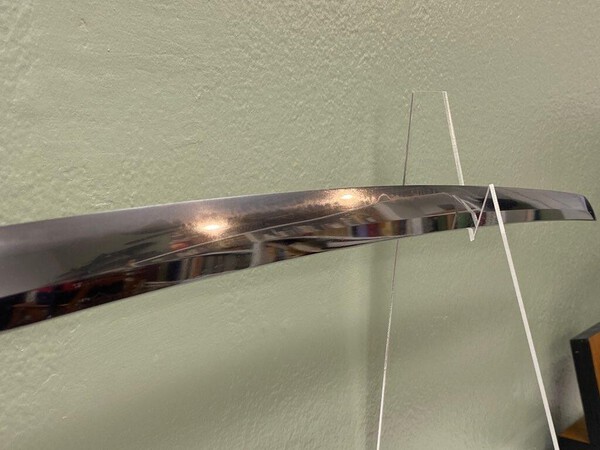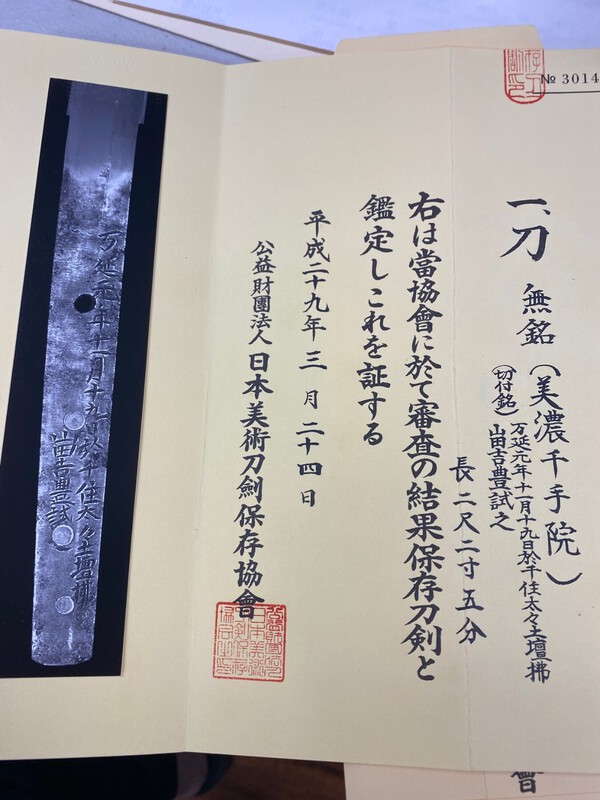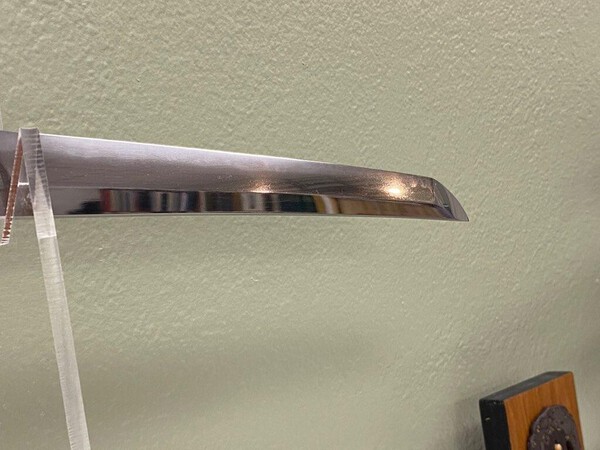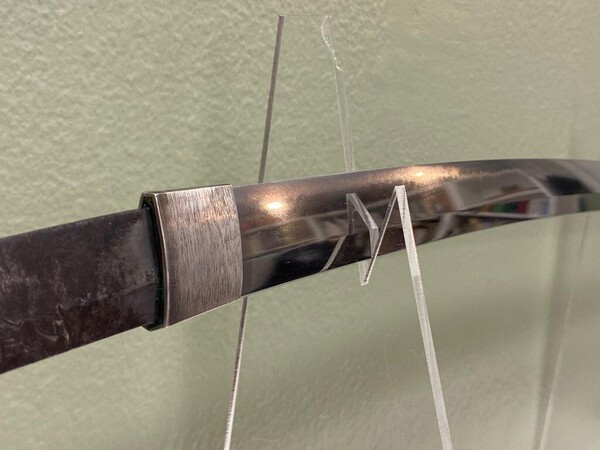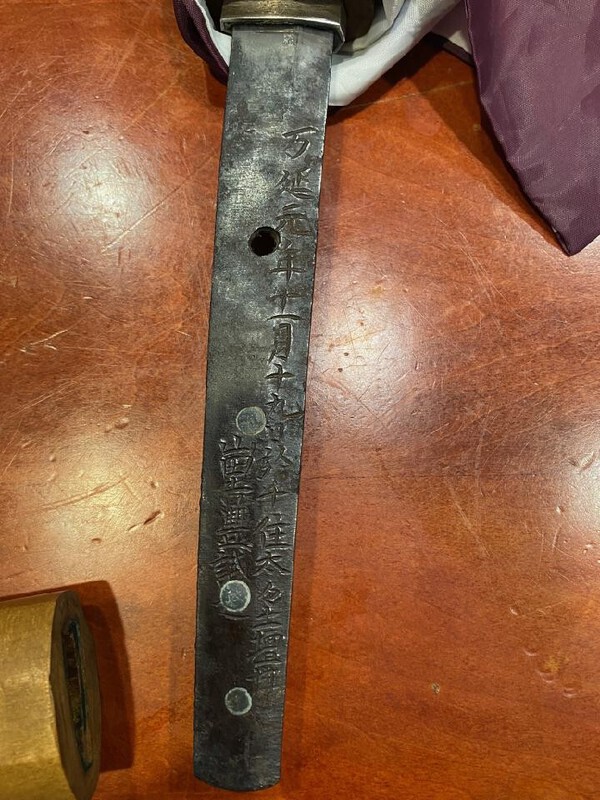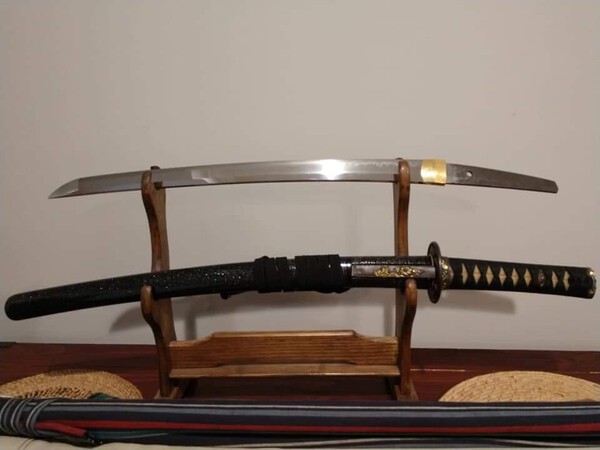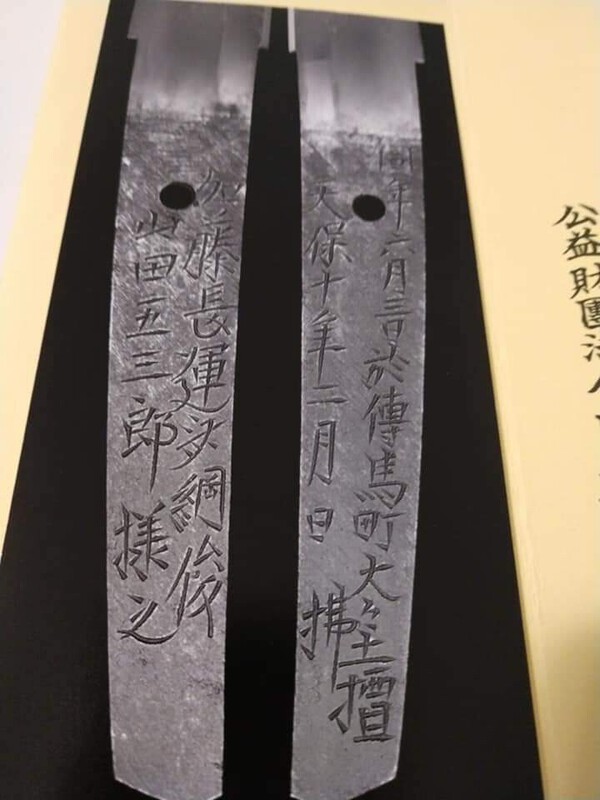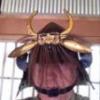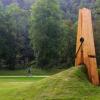Leaderboard
Popular Content
Showing content with the highest reputation on 06/23/2022 in all areas
-
3 points
-
福 = fuku. It starts to show up in 1945 on sword blades made on Kyushu 九州. So far, it has only been found on the nakago mune in the same location as final inspection marks. Mune Stamp Name On Nakago Mune!3 points
-
3 points
-
Hi All, the reason I started this thread was because I have a very similar sword by the same smith in duplicate mounts. I just wanted to find out more information about it. To have two swords fabricated by the same smith during the same time frame in duplicate mounts I think is more than a coincidence. I’ll have to attach pictures in separate posts. Thanks Tom3 points
-
Damon, welcome to the board! You can be sure that these small structures had been planned well in advance and were part of the design. Quite nice TSUBA, by the way!3 points
-
If that is so, then what? Are we buying the sword or the paper? Once the NTHK or the NBTHK issue an origami, doesn't it then become the task of the owner (or future owner) of the sword to follow up with a full and complete analysis of the "opinion" offered, especially when the sword is mumei? Did the shinsa judge get the time period correct? Why or why not? Did they get the tradition correct? Why or why not? Did they get the school correct? Why or why not? Did they get the smith correct? Why or why not? Is/was the polish of the sword correct? Why or why not?3 points
-
Hi Franco, Yes, that is so. Irrespective of your level of scholarship I'm going to take the opinion of five people who have seen thousands of blades in hand and who are the foremost sword scholars in the world over that of Franco D and, indeed, myself and anyone else. Sorry. This is where Darcy Brockbank is so sorely missed as he wrote about this many times and way more eloquently than I can but I'll try anyway. A paper can do a number of things: At Hozon level and likely with most NTHK papers where the attribution is to a minor school only such as "Takada" or "Shimosaka," and if the paper specifies a given time period, what you are buying is a sword with reassurance that it is a genuine blade. This is useful for novice collectors in that they have a foot on the ladder and they know that they haven't bought a pup. The more diligent amongst them will go away and do what you suggest in terms of research and then come to the conclusion that it is not possible to research the blade any more fully as, whilst the blade has some characteristics of the school or one of the styles it worked in, it isn't possible to be more specific. If it was, the shinsa panel would have specified an individual smith. Often a NBTHK paper will verify a signature but specify nothing further. This is potentially a more dangerous situation for a buyer where there are multiple generations of smiths signing in the same way as sellers tend to talk up the blade as being by one of the more important smiths in that lineage or from a more appealing time period. Where there is no date or period specified (the NTHK will usually specify a date and province in the notes section on the back of the paper) this is where the buyer needs to do their research before buying. Often, however, the buyer is in the same situation as that set out above - it is not possible to research the blade more thoroughly due to a lack of available source material, the language barrier to be overcome in order to access available source material etc and, oh yeah, if it were possible to be more specific the shinsa panel would have been. If the workmanship on a blade suggests quality and/ or the owner has an opinion that it might be a significant blade then it is probably worth getting this confirmed by the NBTHK as it has a more solid reputation than the NTHK and the owner can then potentially begin the process of seeking higher papers or invest in a polish knowing that the blade merits the outlay. When I say that the NBTHK and NTHK are right more often than not, I'm not saying that they are infallible. Shinsa have become time pressured with way more blades being evaluated than in the past and this will inevitably lead to errors. Recently a blade with a hagire passed shinsa and the suspicion was that this is because shinsa panels are cutting corners by not looking at blades if they can quickly confirm a signature. There are swords with more than one paper and to different schools and swords get re-evaluated at Juyo or Tokubetsu Juyo level and effectively marked up or down. So, do you buy the sword or the paper? This is a foolish question as it implies that you can only do one or the other. In fact, what you do is buy quality. If you can learn to identify quality and its various degrees and know what you should pay for what degree of quality then you are well placed, but beyond a certain price point you'd be foolish not to have your own opinion backed up by that of the NBTHK and I certainly won't but your mileage may vary.2 points
-
Very very definitely planned. These were not casually churned out, there was a lot of design work and pattern books etc.2 points
-
1 point
-
I picked up a new addition today. Mumei Echizen Seki Group NTHK papered Wakizashi. The paperwork is from September 2006, and says the sword is estimated to be from 1704 to 1711 in the Shinto era, but a friend of mine seems to think it might be a bit older and possibly from the 1600s. The blade itself seems to be in old sasikomi polish and looks fantastic. It is missing the kojiri, but I will have a replacement made and fitted at a later time by a sayashi that was recommended to me. The kashira has a samurai on it, the menuki is a Koi fish on both sides, the fuchi has a depiction of a horse, the tsuba is an iron one which appears to be zogan tsuba. The saya, I'm not sure if Edo period or older, but appears to be nicely wrapped. I only see one small flaw on the blade, but it doesn't bother me much at all. The hamon and choji looks fantastic, but a bit hard to photograph, though, I tried my best in outside lighting. I think For the price paid, I think it's a very nice Wakizashi and I'm happy to have it in the collection. Once the sayashi added the kojiri, I will have him address the seppa on the tsuba to see if a tighter fit is possible. What do you guys think? Flickr album for the rest of the pictures: https://flic.kr/s/aHBqjzVffJ1 point
-
There have been several discussions about these but maybe this is the one. This one was started by Tom and is mentioned later in this thread. Type 95 with a hand forged blade1 point
-
AlanK, Thank you very much for sharing your knowledge and thoughts on Miyamoto Kanenori and I'm glad some of his excellent works have found their way into your collection. Sounds they found the right person. This maker's life is indeed an intriguing one of note and acclaim. His designations and commissions speak to this clearly. Also, as a side note, I love the photos of him in his old age. A man who followed an art through a long life to the end.1 point
-
The number on the tang looks to be 258 (二五八). If the seppa or tsuba have the same number on them, it could be a selling point as it indicates these parts were originally assembled together.1 point
-
This is the only one I have Trystan. The other one I posted a few years back is no longer available, but yes it also had no habaki and the extra hole. That one was also mumei with no date or other stamps. Sorry, Tom1 point
-
Matt, can you show a picture of the mune on your sword? Tom's pictures show 2 stamps on the mune, for a moment i got excited thinking it was the 私 stamp signifying a private purchase, but the more i look at it, i think it is the 社 'sha' army acceptance stamp. The lower one i'm not sure about yet. On the drag, i think the top stamp is again the 'sha' with a heavily struck 'To' beneath it.1 point
-
We may never know, but coincidences like this do make the idea more plausible and interesting. Could there be some sort of record about the smith that might shed some more light on this?1 point
-
I’m wondering Dave if these mounts were all that were available for this smith at this time? Tom1 point
-
Hi, Do you have the blade? 美濃国寿命 Mino no kuni,JUMYO. 表裏上リ下リ龍彫物有之、天文頃、長弐尺六分有之 Carved dragon(Nobori-Kudari-Ryu)on the both side blade, Around Tenbun period.(around 1530') Blade length:2 shaku 6 bu =(62.4 cm)1 point
-
I agree, and as Matt previously stated, there have been at least another 3 very similar configurations seen previously.1 point
-
I like ending on a happy note, but before we do I want to take one more turn on this thing. I don’t know how we define ‘tossing around thoughts’, but comments like ‘Commiserations to the "winner" of the auction’ seem pretty far from that intent. Jumping to a conclusion before any real ideas were actually tossed around doesn’t help either. I won’t belabor the point, but I would make a simple request. If you are going to discuss items in the middle of someone’s sale, it would at least show courtesy to the seller to inquire and invite their input before reaching a half-baked conclusion and publicly passing judgement.1 point
-
1 point
-
Ichi Tomonari gojūroku-daison Bizen Osafune-shi – Yokoyama Kaga no Suke Fujiwara Sukenaga saku (一友成五十六代孫備前長船士・横山加賀介藤原祐永作)1 point
-
The remnants of a slot make me think this was a screw where the head was ground down, leaving just the hint of a slot. I doubt it's original and you may be able to grab it with pliers and turn it out. Maybe the old "ask the dentist for a favour" trick will get you an Xray?1 point
-
Tameshigiri - Koto Katana O- suriage 26.75 inches NBTHK Hozon to Mino Senjuin Early Muromachi circa 1500 Sword has pronounced Utsuri Tameshigiri conducted by the 8th master of the Yamada family of test cutters , Asaemon Yoshitoyo in November 1860 cut one body in half into the Dodan ( sand pile ) Test cuts on Koto swords are rare.1 point
-
1 point
-
A topic already long debated. I'm sceptical, others aren't. I've already presented a logical argument covering the points I think most meritorious in a previous thread and won't repeat it here, unless someone can find that thread so it's a simple copy paste job. I'm going to say it as clearly as I can here. There was a shortage of swords. Some early NCO were privately sold due to this shortage. Most were issued equipment, owned by the Emperor, not owned by the officers. There is ZERO primary evidence of privately owned blades being fitted in NCO mounts. Not one account I've seen, nothing. No photo. Nothing in archives, accounts, period news papers etc. There are a number of such swords in existence. Some are crude hatchet jobs, other like this very good, though lacking a habaki. It's entirely a matter of opinion and in no way can anyone claim otherwise, UNLESS new evidence has been found to show it was common or even the rarest practice. Some would have you believe otherwise, but it's all conjecture.1 point
-
Thank you Colin I'm referring to the tsuba in Glen's post, and the attribution of a Radish to the ura, I've just amended it so that there is no confusion.1 point
-
The inscription says the cut performed was a "tai-tai" cut, which is one of the more difficult cuts, across the widest part of the shoulders. The cut was performed at the Senjū execution grounds. Senjū still exists as a location name in Tokyo, and there is a temple with a Jizō statue dedicated to the various souls executed at Senjū. https://en.wikipedia.org/wiki/Kozukappara_execution_grounds1 point
-
1 point
-
Very nice finds imo. In need of a little love and restoration, but as a cherry on top of the estate I wouldn't complain! Do you know if he is he planning to keep or sell them? My suggestion for him would be to resubmit at least the kunitoshi and if shoshin, restore it and (if unwanted as stated) reclaim a chunk of the estates price. If he doesn't want to... well here's a german collector with open arms, who would definitely take a shot! I really like the crab themed tosogu as well.1 point
-
1 point
-
0 points
-
0 points
This leaderboard is set to Johannesburg/GMT+02:00


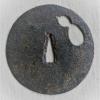
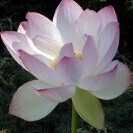
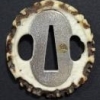
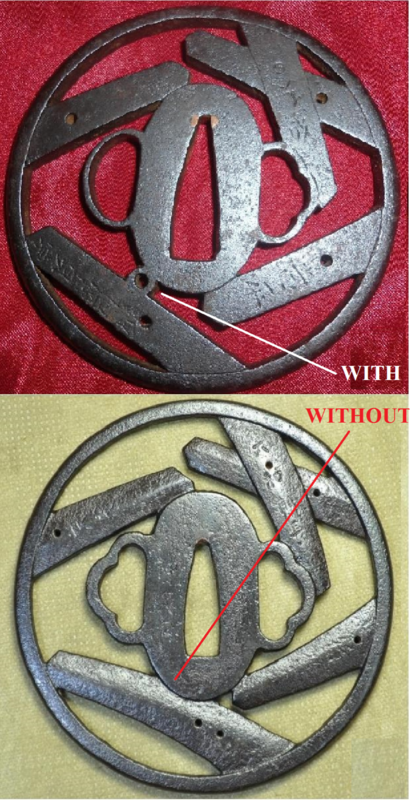

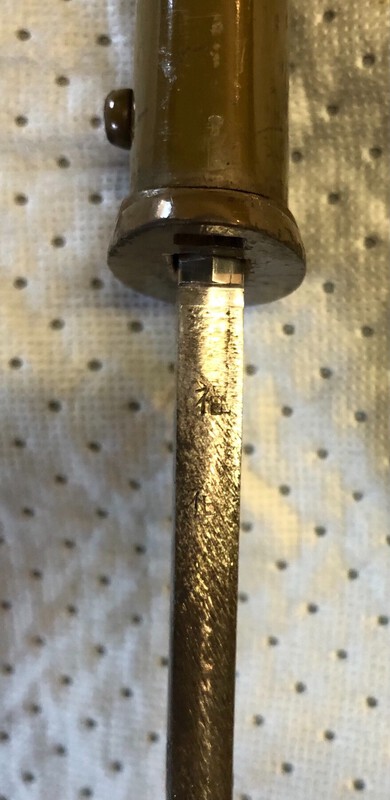


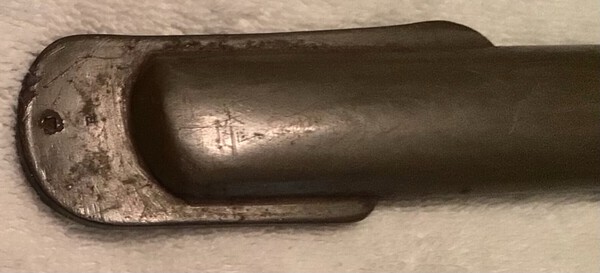



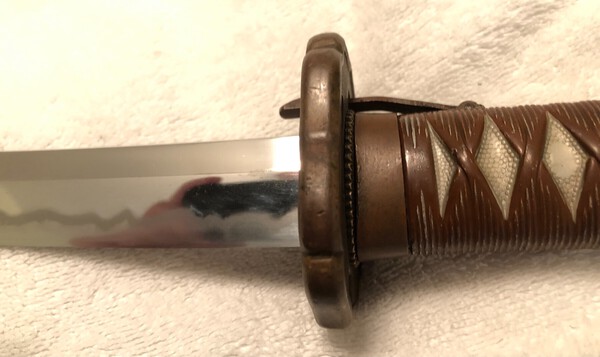

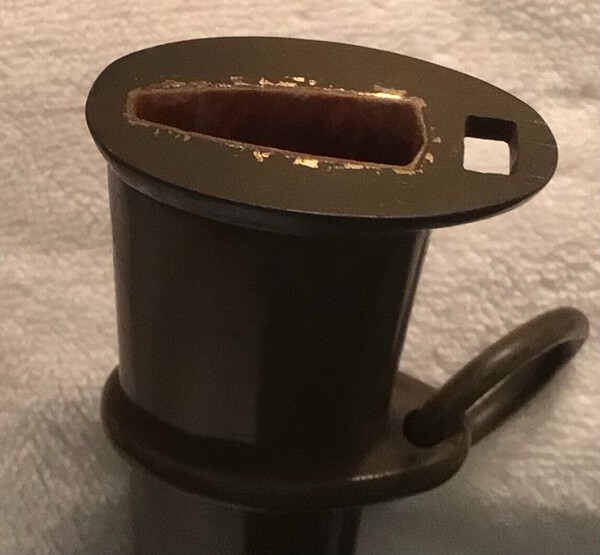
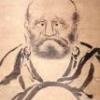

.thumb.jpg.3b9214d8c8defd1449350bd66930b2da.jpg)
